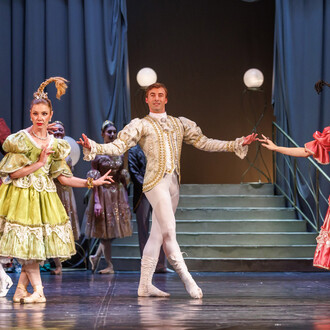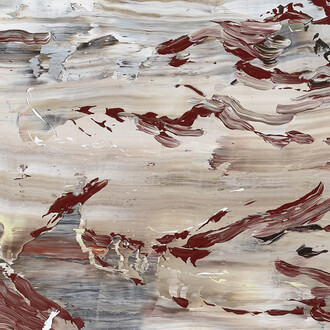On 28 September 2024, at 11 AM opens at the Fondazione Antonio Dalle Nogare in Bolzano, the exhibition Emilio Prini – Typewriter drawings. Bologna/München/Rome – 1970/1971, dedicated to Emilio Prini (1942–2016), one of the most radical and enigmatic figures of the Italian and international art scene.
The exhibition – curated by Luca Lo Pinto and Andrea Viliani with Timotea Prini and organised in collaboration with the Archivio Emilio Prini – presents a wide selection of works on paper, with a focus on those connected to the seminal exhibitions Gennaio ‘70 – comportamenti, progetti, mediazioni (January 1970 – Behaviours, Projects, Mediations, Civic Archeology Museum, Bologna, 31 January – 28 February 1970), Arte Povera – 13 Italian Artists (Kunstverein München, 26 May – 27 June 1971) and Merce tipo standard(L’Attico Gallery, Rome, 20 November 1971).
The artist made his debut in 1967 by taking part in the Arte povera–im spazio exhibition at Galleria La Bertesca in Genoa, which marked the start of the Arte Povera research and “movement”. From the following year until the early 1970s, he took part in some of the most significant international exhibitions of the time (including Op losse schroeven, live in your head: when attitudes become form and Konzeption/conception, 1969; Information, 1970; Contemporanea, 1973–74), after which he reduced his exhibition activity to a minimum. The initial core of his production revolved around a limited set of ideas and works on which Prini continued to intervene until his death, reworking and modifying these often with minimal but essential gestures. Most of the projects, although conceived in his early years, were only exhibited at a later stage (a scomparsa parziale) while others remained hypotheses on paper (a scomparsa totale).
Around 1969, Prini began investigating technological devices, critically reflecting on the logic of production. A camera, a video camera, a television set, a recorder, a book, an invitation, a photocopy, a voice and an image, once consumed, lose their value. Referring to the theory of use-value of the philosopher, economist and historian Karl Marx (1818–1883), the artist quantified the value of machine-made commodity (art), calculating the work required to produce it and the value it acquired at the end of the operating cycle; he thus measured the increase with respect to the initial use.
In Bologna, for Gennaio ‘70 – comportamenti, progetti, mediazioni, the artist chose to focus on the eight Marxist working hours of two TV screens. Prini obtains a relatively precise on/off sequence through a red/white/black chessboard calculation in which red is a time unit, white is time and black is the third integrated, undifferentiated time (the transmission apparatus); and by isolating each step in the series of 3 (1+1=2, 2+1=3) as in the logarithmic spiral based on the numeral sequence of mathematician Leonardo Fibonacci (c. 1170–1242), whereby each number is the sum of the two previous ones. The same procedure is articulated through typewriter drawings, in which alternating keystrokes follow the described rhythms, and, using the same logic, marker drawings on squared sheets.
In Munich, for Arte Povera. 13 italienische künstler, in 1971 Prini carried out an experiment similar to the one from Bologna. With the help of a technician, he demonstrated the exhaustion of a television set through a set of operations. What also interested Prini was the emission of information from the broadcast (in this case a German one) as well as the minimum and maximum thrusts of light and sound energy of the device necessary for the emission itself.
The same year, the solo exhibition Merce tipo standard at the L’Attico Gallery did not deviate from the process of (dis)assembly of the Munich TV set. The exhibition itself was conceived as a demonstration. Prini occupied the gallery premises with a van from the Roman company Video International S.P.A. that supplied the equipment for the closed-circuit TV system (Merchandise), which was subsequently installed in pre-defined spots around the gallery.
Between 1970 and 1975 – and thus also following the seminal projects analysed in the exhibition – Prini produced almost two hundred drawings on paper on 'standard' format sheets with the aid of an Olivetti 22 typewriter. The artist used the ordinary typewriter almost as if it were a pencil, to draw, elaborate mathematical formulas, imagine two-dimensional architectures, invent nursery rhymes, record intuitions... verify ideas.
The exhibition Typewriter drawings. Bologna/München/Rome – 1970/1971 brings together the drawings made around the concepts developed in the three exhibitions in Bologna, Munich and Rome, integrated with a selection of mostly unpublished documentary photographs.
The project also constitutes the start of an ongoing research and cataloguing project by the Emilio Prini Archive.












